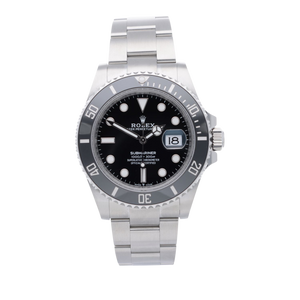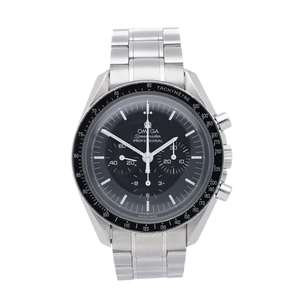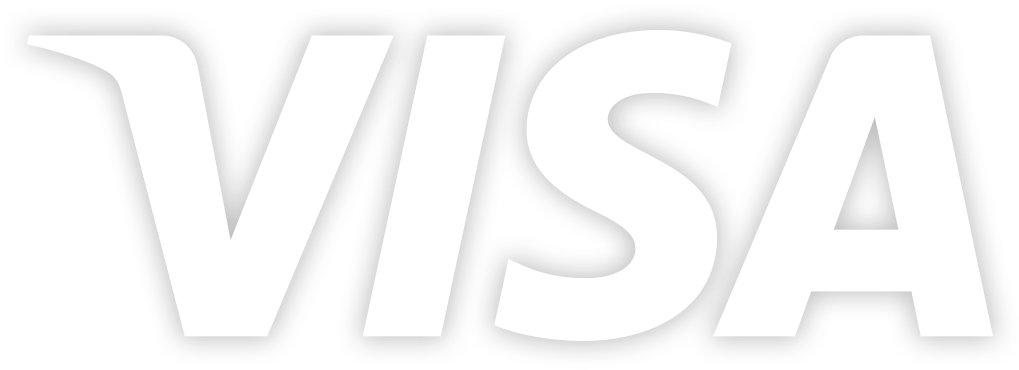Watchmaker's tools - The most important tools
Visiting a watchmaker not only costs time, but also money. Simple adjustments like changing batteries or straps, as well as minor repairs, can certainly be performed by yourself. All you need is the right watchmaking tools and a little dexterity. In today's blog post, we'll introduce the most important watchmaking tools that every amateur watchmaker and passionate watch collector should have on hand.
What exactly is a watchmaker’s tool?
First of all, the term "watchmaker's tools" encompasses all the utensils needed for the manufacture and repair of watches and their movements. Accordingly, watchmaker's tools are divided into various parts designed for both the coarse and precision mechanics of watches. Thus, with special watchmaker's tools, you can not only change batteries and straps, but also replace the dial or watch hands if necessary. But which watchmaker's tools are among the most important and should definitely not be missing? More on this in the next section.
The most important watchmaking tool for watchmakers, watch collectors and do-it-yourselfers
For minor adjustments and repairs to your own watch, it's definitely worth taking a closer look at proven watchmaking tools and their functions and uses. The most important tools include the following:
Spring bar tool: Changing your watch strap is child's play!
Anyone who wants to change their watch strap should use a so-called spring bar tool. This practical watchmaker's tool allows you to optimally push away the small bars that attach the strap to the watch. This spring bar tool allows you to remove the old strap from the watch easily, quickly, and without risk of damage. The new strap can then be easily reattached using the small spring bars in the same places.
Pin remover: This is how you shorten metal bracelets as if by magic
Shortening metal watch straps is particularly tedious – unsightly scratches and other imperfections often occur. But with the pin remover, this problem is finally a thing of the past, as it ensures quick and scratch-free shortening of metal watch straps. Once the pins of the respective watch link are removed, the watch link can be easily removed – and the metal watch strap is now one link shorter.
Case holder: An absolute must for watch body repairs!
The case holder is particularly useful when working on the watch body itself. This includes, for example, opening the case cover, where secure fastening of the watch is almost essential. Cleaning work on the watch also often requires reliable fastening.
Case back opener: This makes opening the case back particularly effortless!
Since we were just talking about opening the case back, let's move on to the case back opener. Intricately and delicately designed watches, in particular, have a firmly screwed-on case back. With the help of the case back opener, this can be opened with ease, allowing you to check the movement for proper functioning in no time.
Spring-loaded caseback opener: The perfect problem solver for watches with pressed backs!
In the watch industry, so-called pressed watch backs are cases that are inserted into the watch case using tension. This type of closure is primarily found in cheaper watch models. Anyone with unsuitable tools can quickly reach their breaking point, as the risk of slipping is high. However, with a spring-loaded case back opener that fits comfortably in the hand, this problem can be solved in a matter of seconds. It's therefore also an absolute must-have.
Small screwdrivers: Indispensable for delicate work!
Small-piece screwdrivers are specifically designed for the tiny screws on watches. They are therefore ideal for removing the screwed-down case back of a watch without scratching.
Antimagnetic tweezers: This makes fine and delicate work on the clockwork a breeze!
When it comes to delicate work and repairs on delicate watch movements, anti-magnetic tweezers are excellent. Thanks to their tapered ends, even the smallest parts can be grasped with ease.
Watch magnifying glass: How to check the quality of watches!
Anyone who has ever taken a look at the inner workings of mechanical watches will have noticed the astonishing achievements of the manufacturers. Such high precision is rarely seen. With a watch magnifying glass, all of these components can be viewed with the naked eye. However, we advise against repairing them unless you have extensive experience in this area. However, a watch magnifying glass is particularly useful for reliable quality checks. If you are unsure whether the watch you are about to purchase is a fake, you can use it to examine the intricacies and quality of the timepiece more closely.
Antistatic brush: For proper cleaning of watches!
Last but not least, we'd like to address the proper cleaning of watches, as this also plays a crucial role. Simply wiping the watch with a sheet isn't particularly recommended, as this can cause unsightly scratches. If you want to clean your watch, you should always use a soft microfiber cloth or, ideally, an antistatic brush. This ensures gentle and proper cleaning of watches without causing scratches or other blemishes.
What is important when buying watchmaking tools?
When purchasing watchmaking tools, quality plays a key role – this applies to both professional tools for watchmaking workshops and tools for private use. The focus is always on the watch being repaired. Working with inferior watchmaking tools carries a high risk of incalculable risks. There's nothing more frustrating than when inferior tools cause damage to an expensive and beloved watch. For this reason, investing in high-quality, solid watchmaking tools is worthwhile. The purchase price usually provides some indication of the product quality, so it's best to steer clear of inexpensive tools. The brand name of proven watchmaking tool specialists is also a guide when looking for professional quality.















